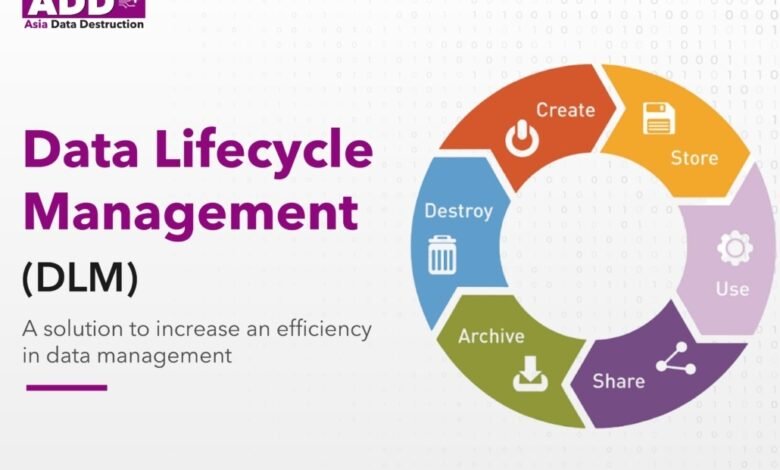Understanding the 20ab028a0ayyang0 Lifecycle Status: A Complete Guide

Introduction
Technology moves fast. Every product, part, or system goes through stages in its life. These stages are called a lifecycle status. If you work with electronics, IT systems, or even industrial equipment, you’ve probably seen strange codes like 20ab028a0ayyang0 lifecycle status.
But what does that mean? And why should you care?
In simple words, lifecycle status tells you if something is new, active, or obsolete. Knowing this helps you plan purchases, avoid downtime, and save money. In this guide, we’ll break down what the 20ab028a0ayyang0 lifecycle status is, why it matters, and how to use it in real life.
Let’s dive in step by step.
What Does Lifecycle Status Mean?
Lifecycle status shows where a product stands in its journey. Just like people grow from childhood to old age, products go from launch to retirement.
For example, a smartphone has different stages:
- Introduction – when it’s new on the market.
- Growth – when more people start buying it.
- Maturity – when it’s widely used and stable.
- Decline/Obsolete – when it’s outdated or replaced.
The code 20ab028a0ayyang0 lifecycle status follows the same idea. It signals if the product is still supported or if it’s time to look for alternatives.
Why the 20ab028a0ayyang0 Lifecycle Status Matters
Imagine ordering parts for your company, only to find out they’re discontinued. That means delays, higher costs, and stress.
The 20ab028a0ayyang0 lifecycle status helps prevent that. By checking the status, you know:
- If the product is still available.
- If updates or support are provided.
- If you should plan a replacement soon.
This saves businesses from unexpected downtime and helps buyers make smarter decisions.
The Stages of the 20ab028a0ayyang0 Lifecycle
Products like 20ab028a0ayyang0 usually go through four main stages:
1. Active
The product is available, supported, and ready for use. You can buy it freely.
2. Mature
The product is stable and widely used, but newer versions may exist.
3. End-of-Life (EOL)
The product is no longer produced. Limited support may remain.
4. Obsolete
The product is retired fully. No updates, no support, and no stock left.
Knowing which stage the 20ab028a0ayyang0 lifecycle status is in helps you plan wisely.
Real-Life Example of Lifecycle Status
Think about Windows operating systems. Windows 10 was once active, now it’s moving toward end-of-life. Microsoft has already announced support deadlines.
The same logic applies to the 20ab028a0ayyang0 lifecycle status. If you use this product, you need to know when it’s time to upgrade before support ends.
How Businesses Use 20ab028a0ayyang0 Lifecycle Information
Companies rely on lifecycle data to:
- Plan budgets.
- Order replacement parts in time.
- Avoid downtime caused by unsupported products.
- Transition smoothly to newer technologies.
For instance, a factory running machines with the 20ab028a0ayyang0 component must monitor its lifecycle status closely. If it goes obsolete, production could stop until replacements are found.
Tools to Check the 20ab028a0ayyang0 Lifecycle Status
You might wonder, “How do I check the lifecycle status?”
Here are some easy methods:
- Manufacturer Websites – Most companies publish lifecycle updates.
- Datasheets and Manuals – These often include lifecycle stages.
- Industry Databases – Online tools list statuses for thousands of parts.
- Vendor Support Teams – Customer service can confirm product availability.
Checking regularly ensures you’re always prepared.
The Risks of Ignoring Lifecycle Status
If you ignore lifecycle stages, problems can pile up:
- Higher costs for last-minute replacements.
- System failures if outdated parts stop working.
- Security risks if software updates end.
- Customer dissatisfaction due to delays.
By tracking the 20ab028a0ayyang0 lifecycle status, you avoid these headaches.
Lifecycle Status and Supply Chain Planning
Smart companies tie lifecycle data to supply chain planning. If 20ab028a0ayyang0 is nearing EOL, they stock up on spares. If it’s obsolete, they plan a replacement strategy early.
This avoids panic buying and keeps operations smooth.
How Lifecycle Status Affects IT and Electronics
In IT and electronics, lifecycle tracking is even more critical. Old servers, processors, or chips can fail suddenly. If the 20ab028a0ayyang0 lifecycle status shows “obsolete,” relying on it is risky.
Upgrading at the right time saves money and prevents costly downtime.
Common Misunderstandings About Lifecycle Status
Many people assume:
- “If it works, I don’t need to replace it.”
- “Obsolete just means old, not risky.”
- “I’ll wait until it breaks.”
In reality, waiting too long can be dangerous. Obsolete products like 20ab028a0ayyang0 may lack spare parts, leaving you stuck.
Best Practices for Managing Lifecycle Status
Here are some tips:
- Check lifecycle status every quarter.
- Subscribe to manufacturer updates.
- Keep a replacement plan ready.
- Train your team about product lifecycles.
Proactive management ensures you’re never caught off guard.
Future of 20ab028a0ayyang0 and Product Lifecycles
As technology advances, lifecycles are getting shorter. New models appear faster, and old ones retire quickly.
That’s why knowing the 20ab028a0ayyang0 lifecycle status is more important than ever. It helps you stay ahead of change instead of falling behind.
FAQs About 20ab028a0ayyang0 Lifecycle Status
1. What is the 20ab028a0ayyang0 lifecycle status?
It’s a label showing if the product is active, mature, end-of-life, or obsolete.
2. How can I check the lifecycle status?
You can check manufacturer websites, datasheets, or industry databases.
3. Why does lifecycle status matter for businesses?
It helps avoid downtime, manage budgets, and plan upgrades on time.
4. What happens if I ignore lifecycle status?
You risk downtime, higher costs, and lack of support when issues arise.
5. Is it safe to use obsolete products like 20ab028a0ayyang0?
It’s risky. You may face failures, no updates, and no spare parts.
6. How often should I review lifecycle status?
At least every 3–6 months to stay updated and avoid surprises.
Conclusion
The 20ab028a0ayyang0 lifecycle status may sound like a complex code, but it’s simply a product’s life stage. Knowing whether it’s active, mature, or obsolete can save you time, money, and stress.
Smart companies monitor lifecycle data, plan replacements, and stay ahead. Don’t wait until it’s too late. Check your 20ab028a0ayyang0 lifecycle status today, and keep your systems safe and reliable.



